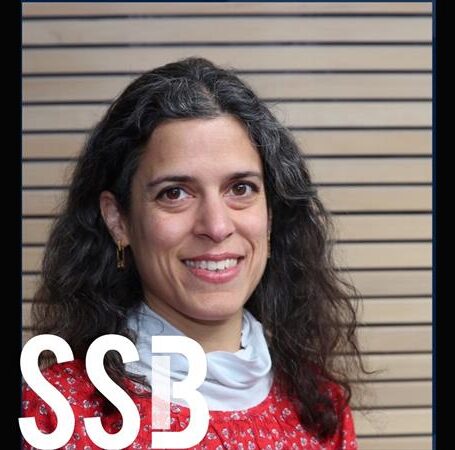The Added Value of Latinx and Black Teachers

As the U.S. Congress debates the reauthorization of the Higher Education Act, a new paper in Policy Insights from the Behavioral and Brain Sciences urges lawmakers to focus on provisions aimed at increasing the numbers of black and Latinx teachers.
Reviewing decades of literature, authors Travis J. Bristol and Javier Martin-Fernandez report that black and Latinx students benefit socially, emotionally and academically from having teachers who are the same race as they are.
In “The Added Value of Latinx and Black Teachers for Latinx and Black Students: Implications for Policy,” the authors acknowledge that while some white teachers succeed in helping black and Latinx students excel, teachers who are the same race as their students are uniquely positioned to enhance all aspects of the educational experience for their students.
These teachers not only share cultural experiences with their black and Latinx students, they instill close relationships that foster positive social and emotional support and a desire for life-long learning.

Black teachers have a higher level of multicultural awareness, the authors explain, which fosters a more adaptive, responsive classroom. “Such multicultural aptitude comes in the form of culturally relevant pedagogy: Teachers remain committed to academic achievement while promoting student resilience and motivation,” they state.
Latinx teachers have the added advantage of a shared language with their Latinx students. “Latinx teachers, functioning as role models for students of color, develop positive school expectations, foster a sense of belonging and improve subsequent educational outcomes,” the authors write.
Among other research, the authors cite a 2002 report that found black teachers hold higher expectations for black students than teachers of other races. Black students taught by black teachers tend to be more interested in going to college, have fewer office referrals for misconduct and perform better on standardized tests in core academic subjects.
Latinx students also tend to take more advanced placement and international baccalaureate courses when taught by Latinx teachers.
Gender, the authors note, did not make a difference in student achievement or social or emotional growth and development.
The authors advise Congress to focus on Titles II, III and VII of the Higher Education Act. These titles not only will provide additional funding for teacher training programs that enroll a larger percentage of people of color, they also will increase the capacity of teacher educators to prepare novice teachers.
The HEA also would increase funding for historically black colleges and universities, or HBCUs, and Hispanic-serving institutions that commit to increasing the number of graduates entering the teaching profession.
Teachers who commit to teaching in high-poverty schools would receive a doubling in grant funding, from $4,000 to $8,000. “Given the reality that Black and Latinx teachers are concentrated in high-poverty schools as compared with their White peers,” the authors write, “increasing incentives to enter the teaching profession may serve as leverage for recruiting teachers of color.”






































































































I have 30 years of teaching and administrative experience. I have taught the social sciences on the US/Mexico border for eight years at the high school and junior high levels. 97-99% of the students were Hispanic, many came across the International Bridge daily, and did not speak English when they arrived, but they began learning English in ESL programs. I had sucess getting these students to achieve academically, to demonstrate resilience and motivation. Of course there were challenges, but test scores became good and excellent in some instances. I am Caucasian, but I developed a rapport with the students and… Read more »
The need for Black and Latinx teachers is critical and the necessary time and resources must be invested to expand and elevate programs that are successful. However, at the same time we must support and compel white educators to adopt the strategies to mindsets to help Black and Latinx reach their full potential.